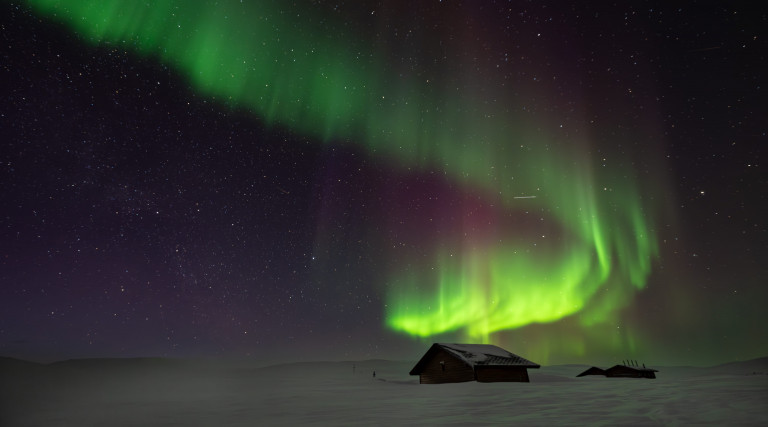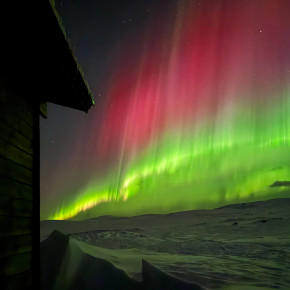Over the last few weeks, our partners in Scandinavia and the Nordics have reported superb displays of the aurora borealis. But this is more than just hyperbole; science suggests the night sky phenomenon looks set to impress spectators for the next few years ahead.
It’s all down to a peak point in the sun’s 11-year cycle, known as the solar maximum. During this period there is an increase in the number of solar flares and coronal mass ejections as the sun’s magnetic poles flip, sending bursts of energy into space resulting in the aurora.
The last time this happened was in 2014, but scenes a decade later have already proven to be more powerful.

Scientists from NASA have confirmed that the solar maximum period has arrived and is expected to continue through 2025 and into early 2026. Even beyond that point, an encore of electric displays caused by a series of coronal holes and the release of high-speed solar wind will continue.
"It's good news for aurora chasers as peak auroral activity occurs a few years after solar maximum," Pål Brekke, solar physicist at the Norwegian Space Agency, told website Space.com. "We should have several years still with very high aurora activity."
Emerging a few years before the solar minimum – the quietest period in the solar cycle – a phenomenon known as the “last grasp” causes powerful eruptions as complex sunspot groups emerge.

In 1859, the Carrington Event – the strongest aurora display ever recorded – was visible as far south as Cuba and set telegraph poles on fire. For a chance of catching a glimpse of the electromagnetic ribbons, we recommend our Fininish Lapland Winter Adventure Tour.
























